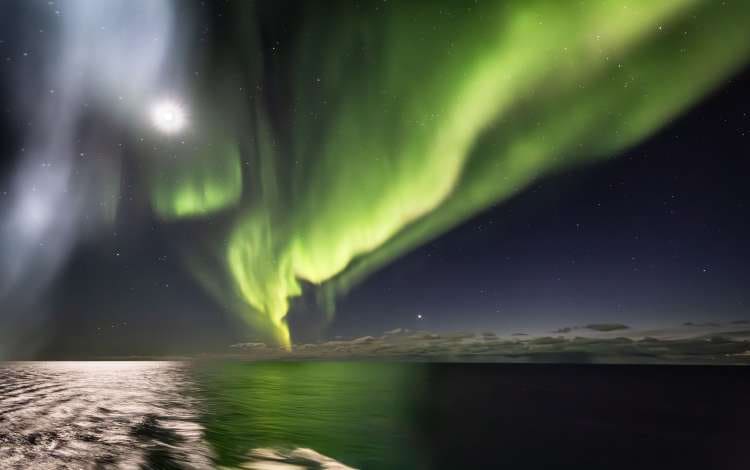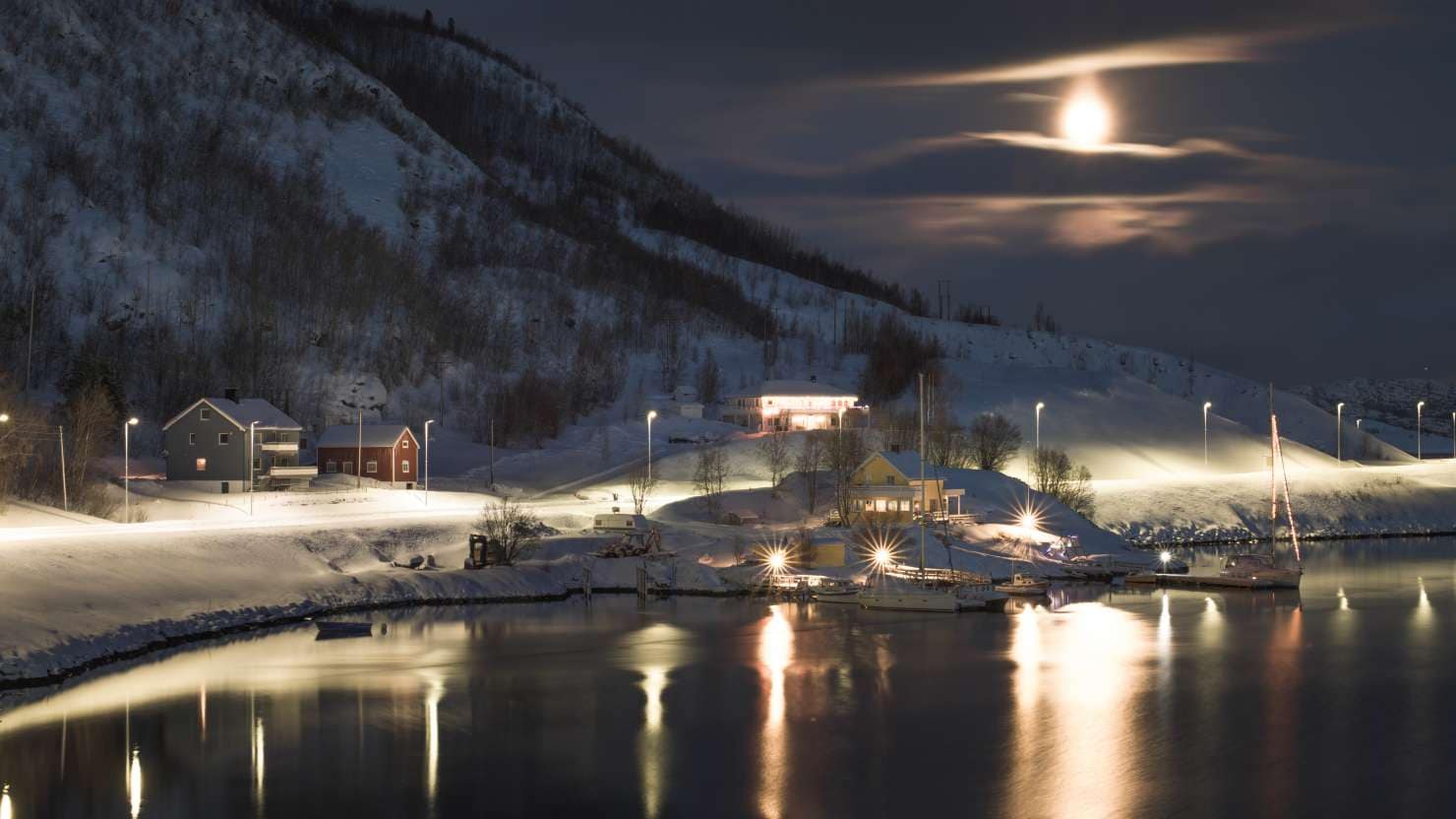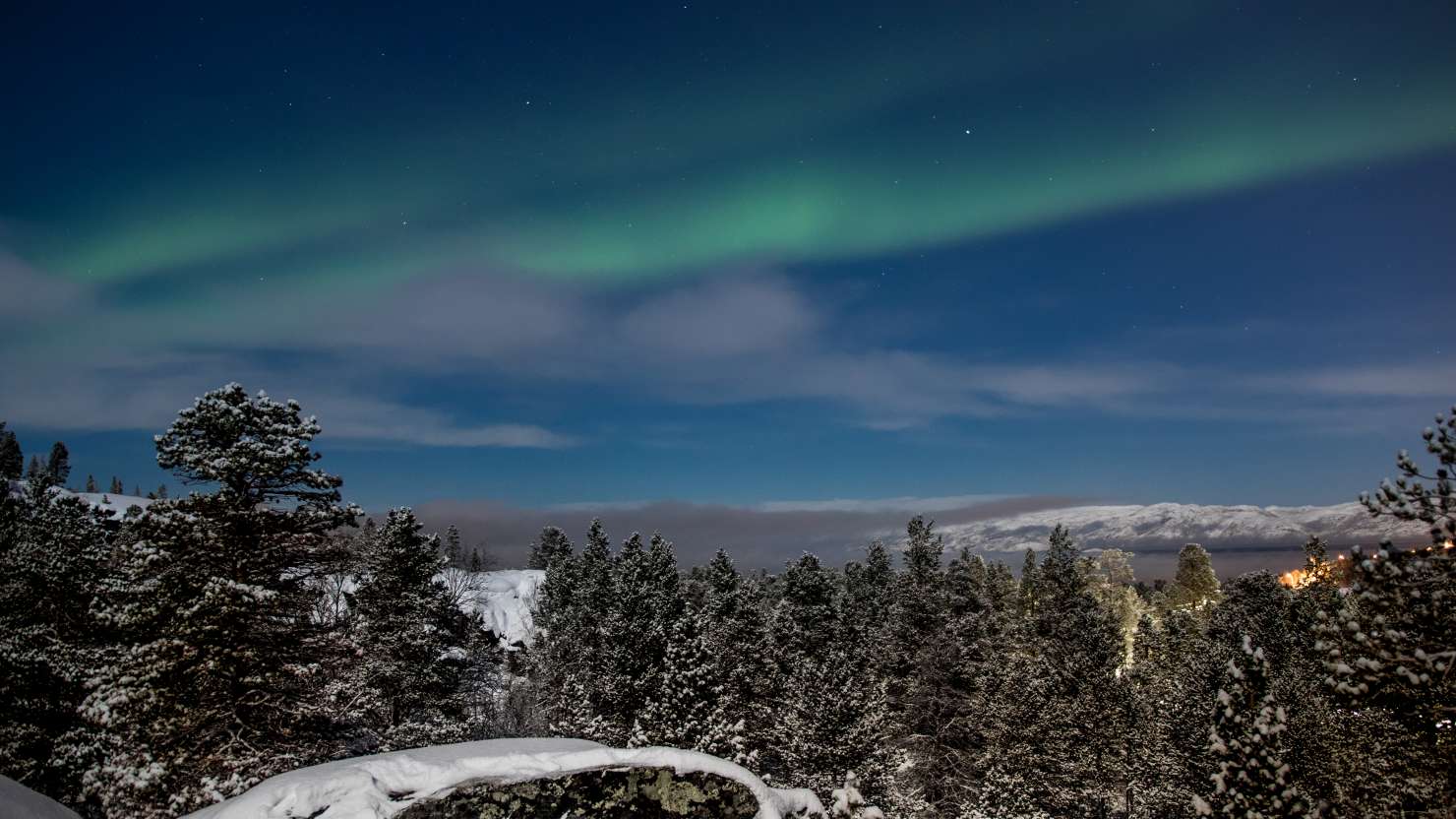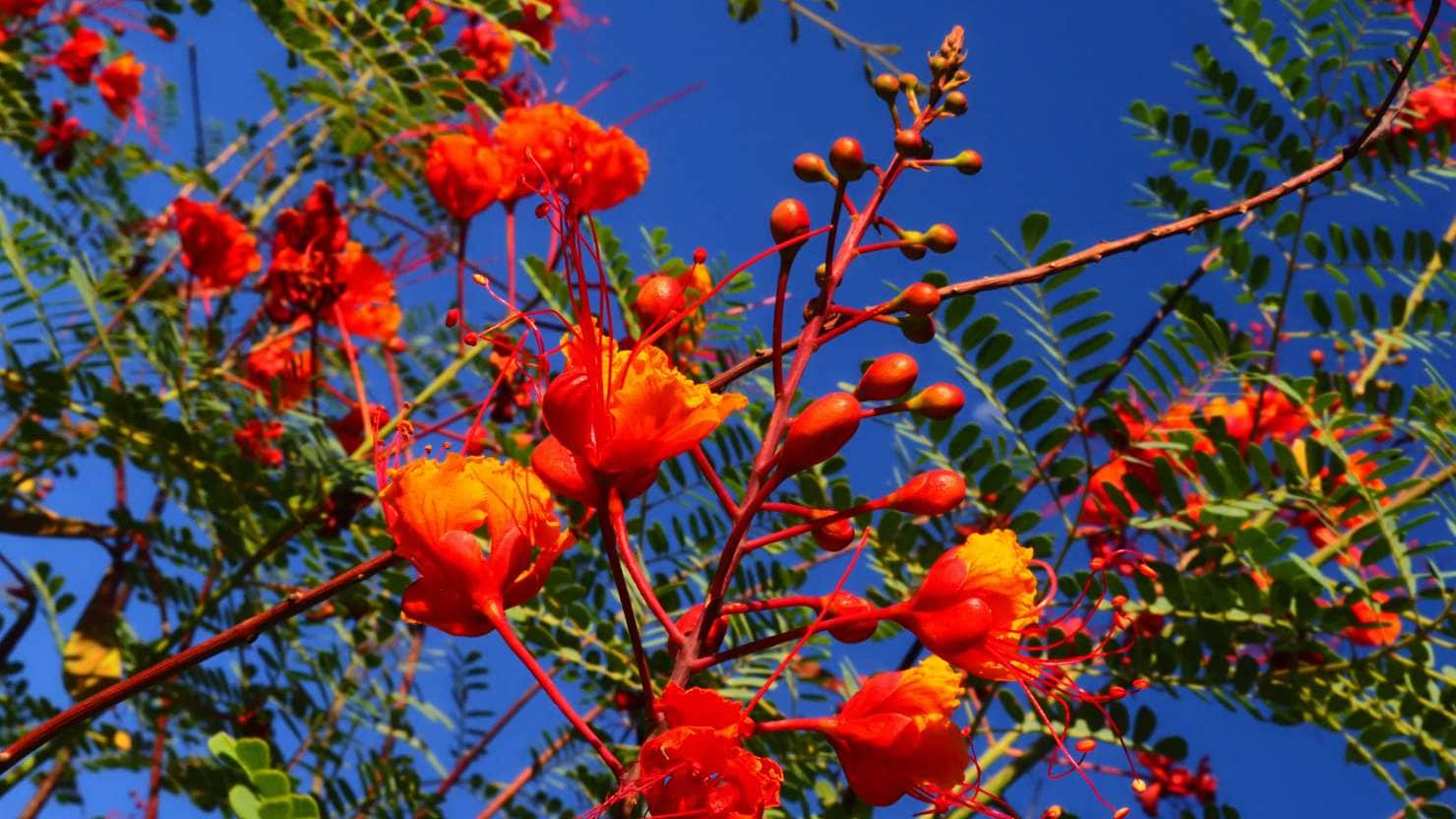What's new for winter 27/28
Explore more on Destinations

Situated in the far north of Norway, Alta is a prime spot to experience the mysterious northern lights. And with our tips from resident photography expert Tor-Ivar Næss, dust off your lens and go in search of this natural phenomenon
The Norwegian town of Alta is the largest town in the newly created county of Troms og Finnmark (formed when two formerly separate regions, Troms and Finnmark, merged in 2020.) Located in the extreme northeast of Norway at a latitude of 70°N, it sits well within the Arctic Circle and is one of our most northerly ports of call, making it an excellent base for a northern lights hunt.
It was in Alta in 1899 that the Norwegian physicist Kristian Birkeland chose to open the world’s first observatory with the specific aim of researching the aurora borealis. In fact, the town is so well placed for viewing the famous phenomenon that it has earned itself the nickname of ‘the northern lights town’.

Being a natural phenomenon, displays are never guaranteed. But many locals have become experts in analysing weather forecasts and working out which locations will be best for viewing them on a given day. Our Northern Lights cruise holidays feature two evenings in Alta as well as shore excursions run by locals in the know to give guests the best possible chance of catching this beautiful light show.
On the In Search of the Northern Lights shore experience, an expert guide will lead you away from the town to a Sámi camp called a lavvu where you can enjoy hot drinks and warm facilities while you scan the dark skies for signs of the lights. For the avid photographers, don’t forget to step out from behind the lens for a while and enjoy this breathtaking natural phenomenon with your own eyes – you won’t want to miss any of this magical experience.

With two evenings in port there is plenty of time to explore the town’s other attractions. Learn about the local culture and see the ancient rock carvings at Alta Museum before looking around the striking Northern Lights Cathedral, inaugurated in 2013 and shaped like a spiral coiling upwards, representing the aurora borealis.
Alta is a playground for winter adventures, too. On the Alta Husky Adventure shore experience* you have the opportunity to experience the thrill of a husky-driven sled adventure through the winter wonderland of northern Norway, followed by comforting hot drinks around a log fire in a cosy Sámi tent, while on the Sámi Camp and Reindeer Sledging you can soak up the romance of a traditional reindeer sledge ride while learning about the Sámi culture.

Another popular attraction in the area is the Igloo Hotel, which is made entirely from snow and ice and is only open from mid-January to mid-April. It is rebuilt every year to a different theme to create bedrooms, a bar, lounges and even a chapel. During the day you can pay a visit to the hotel to explore the rooms and admire the incredible ice sculptures before having a drink in the bar – served in a glass hand-carved from ice, of course. For a once-in-a-lifetime experience, guests can also spend a night at the hotel, sleeping on a bed made entirely from ice on the Overnight at the Igloo Hotel shore experience. The temperature will be well below freezing, but with arctic sleeping bags and reindeer skins to keep you warm, we hear it’s a cosy experience.
of
Don’t miss out! Sign up for latest news, offers and competitions from P&O Cruises.